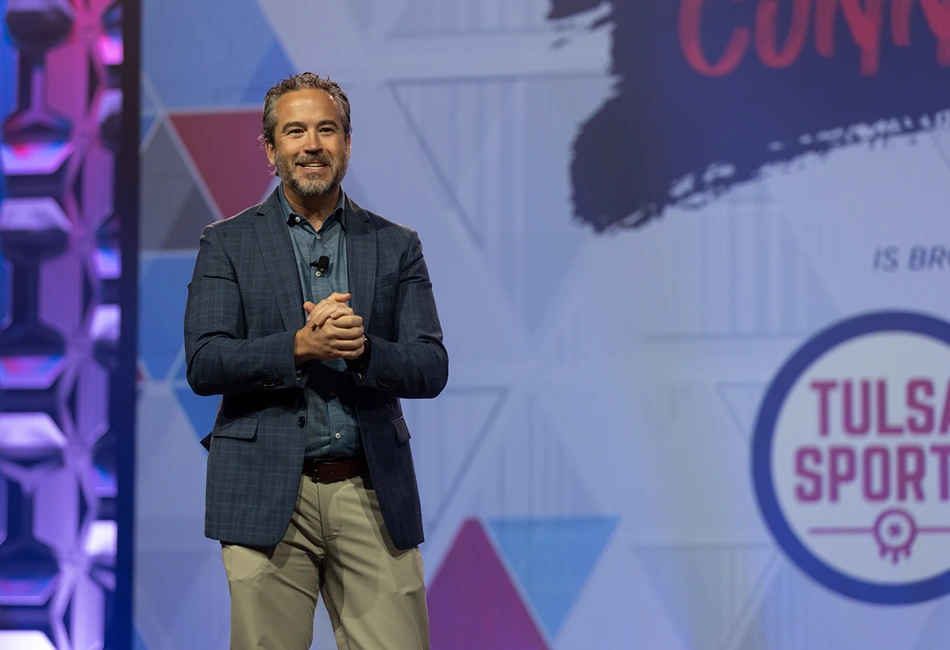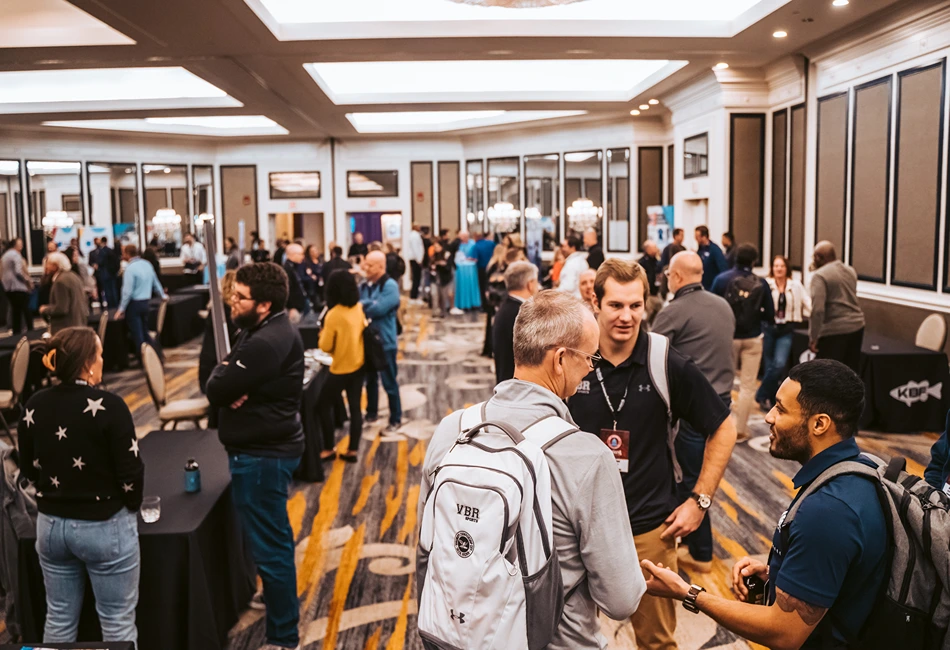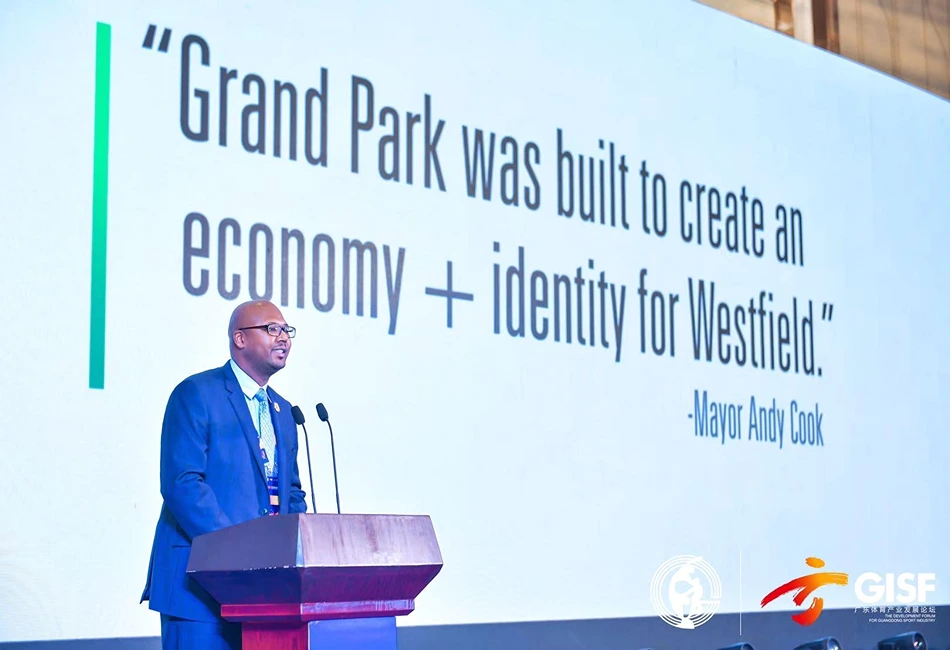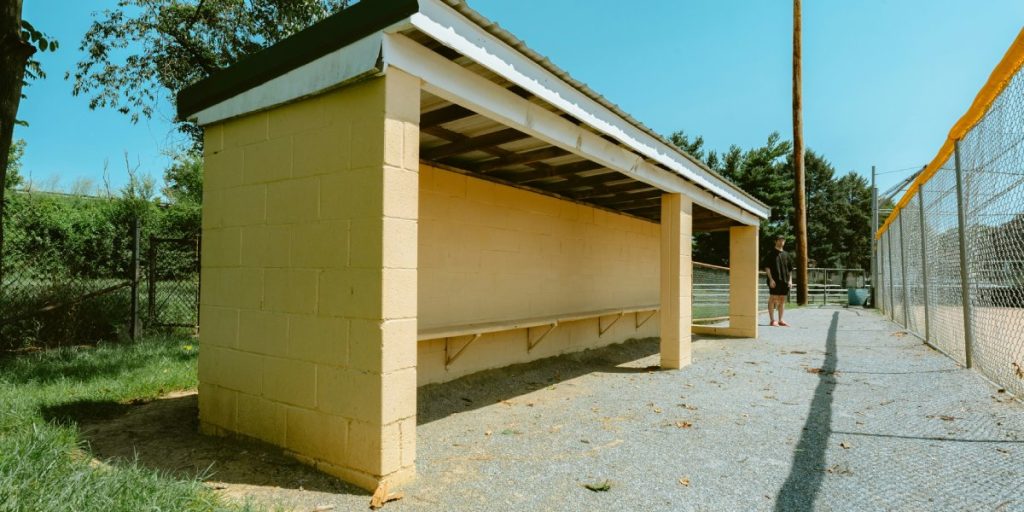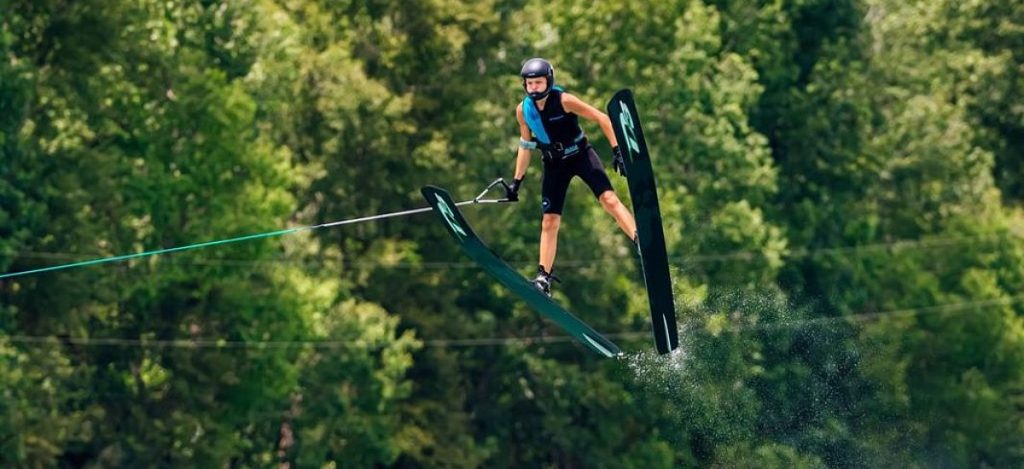Industry-leading firms forecast facility trends in 2020 and beyond
As the sport tourism industry continues its historic boom, there are hundreds of construction projects underway across the country. Communities large and small have witnessed the power and draw of youth sports tournament destinations in other places and are clamoring to get in the game. For some, these developments are the Hail Mary play for stimulating their local economy, and for others – it’s an additive element to a more comprehensive economic development growth plan in establishing themselves as a major player in the tourism market. Having worked in more than 2,000 communities, the leadership team at the Sports Facilities Advisory (SFA) and the Sports Facilities Management (SFM) are often asked about the outlook of the industry. As their firms continue to lead the way in facility planning, development, and management, here are several of their top predictions for the future of youth sports tourism.
FACILITY MODELS
“We are witnessing a shift in the way the next generation of sports facilities are being planning and designed. As more communities look to invest in these types of facilities, they aren’t just building for tourism – they will be building a hybrid complex serving non-sport events and incorporating local recreation programming as well,” says SFM CEO Jason Clement. “Multi-use, multi-sport, multi-function – designed for flexibility in events, programming, and usage is key to the long-term success of these projects.”
The firms note that collaboration is the key strategy to developing these facilities, both from a project development and client relationship perspective. “We strive to understand what the client’s goals are first so that we can build a business and operating model around what they are trying to achieve,” said Eric Sullivan, SFM’s executive vice president of business development. “In many cases there are multiple stakeholders with different goals, so it’s important we bring those groups together and cast a vision for how the balance is going to work. We can operate and build a business model however those stakeholders want, so what is important to us is understanding all of the objectives, gaining buy-in and achieving alignment. From there it’s really about building a business and operating model for achieving those objectives and goals.”
Several facilities in the SFM Network represent this shift. The Hoover Met Complex in Hoover, AL (outside Birmingham) is producing $50 million in economic impact and hosting more than 30,000 resident visits into the complex. The facility is achieving three priority objectives in 1) anchoring the SEC baseball tournament, 2) capitalizing on the commercial development opportunities associated with sports tourism, and 3) serving the local community through features like tennis courts, walking track, a splash pad, and recreational programming on the courts and fields.
In the City of Wheeling, WV construction of the Highlands Sports Complex is currently underway opening in the Spring of 2020. Features like the 6 indoor hardwood basketball courts and a full-sized indoor turf field are designed to attract event owners to the facility, while amenities such as a fitness center and splash pad are designed to delight local residents. What makes the complex state-of-the-art are the family entertainment center and third-story zip-line launch pad to the outdoor aerial adventure course exploring the terrain on one side of the site while the other side boasts shopping, lodging and restaurants and an entertainment district.
MEASURING ROI
“Currently, a majority of sports tourism venues are primarily measured by their economic impact numbers with some emphasis on their bottom line,” said Clement. “This is really only measuring a portion of the total impact of a facility. A shift in measuring total impact is important because it is directly related to the amount of funding a project can justify, including the continued investment into these assets.”
New tools are emerging to do just that. There is an increased need to quantify the effects of sports, parks, and green space, particularly in the parks and recreation market. Early this year, the Florida Recreation and Park Association, in partnership with SFA, launched the first ever park impact calculator which measures the impact of park and recreation properties in six categories: property values, health savings, environmental impact, tourism, public safety, and jobs creation. As facility designs shift into a hybrid of community recreation and sports tourism, tools like these will help justify the initial capital investment and take a more wholistic view of the benefits of these assets.
In addition to single-event based impact calculators like those supplied by Sports ETA, there is an emerging desire for state-level reporting on sports tourism. The firms recently lead a state-wide initiative for Pure Michigan Sports to assess the economic impact of sports tourism events throughout the state. The goal of this work was to create a holistic view of the impact of sports tourism specific to each DMO across the state with the intent of strengthening requests for funding.
“Tools like these custom calculators and state-level assessment projects will shape the future of sports tourism. Venues will be reporting on their impact on multiple levels, not just economic impact, to give community leaders, sports commissions and CVB directors the opportunity to make the very best decisions on where to invest public funds,” said Clement.
ACCESS FOR ALL
Sports tourism relies on the spending of thousands of parents willing to invest in their children through private lessons, club team fees, airline tickets, hotel rooms, and countless weekends on the road. Whether for hopes of college scholarships or just for the exceptional experience and life lessons learned through sports, these parents utilize their expendable dollars on this type of recreation. The data and trends suggest sports tourism will continue to expand with more families making the investment. Unfortunately not everyone can pay to play, a major contributing factor to the obesity and physical inactivity pandemic.
“We believe in closing the income gap for sports participation,” says Clement. “We became a founding member of the Aspen Institute’s Project Play 2020 and have invested our own resources to create the SFM Access program. This initiative pairs community sponsors and underprivileged families in order to increase access to sport on a local level. We believe in the impact sport makes in the development for kids, and we are demonstrating the private and public sector can partner in making a difference.” To date, SFM has launched pilot programs in their facilities in Hoover, AL, and Rocky Mount, NC. Funds from early sponsors are used to create free or reduced meeting space for organizations like the Boys and Girls Club as well as ‘sponsor’ kids for sports-centric camps and programs families could not otherwise afford.
TECHNOLOGY
Smart court surfaces, live-streaming, game apps and management tools are helping facilities, event owners, and coaches create a better experience for visitors and the community. “The technology is progressing rapidly, and it’s going to provide a better way to serve the player and spectator,” said Clement.
SFM’s been keeping a close eye on E-sports and gaming, seeking a positive way that it can impact venues. They are designing an E-sports café in several new venues, while adding ancillary activities like high ropes courses to engage family members who aren’t on the field. It’s all about ways for families to interact while attending events. From venue-specific-aps, facility-wide WiFi, to online concessions ordering, an equal amount of attention is placed on the experience of the non-athlete guests.
“We are focused right now on investing in our infrastructure, including R&D into new technologies, and it’s all based around how we can serve our client’s needs best,” said Clement. “Our next generation of venues are going to have similar playing spaces but a different level of tech-engagement.”
Much of the new technology integration is led by the firms’ in-house Venue Planning & Procurement department. The team, composed of experienced operators, project managers, and engineers is dedicated to creating facilities that are operationally efficient, are maximizing the client’s FF&E budget, and leading the way for the ‘venue of the future’.
NEED FOR THE NETWORK
“We think there is no shortage of growth in the participatory sports environment,” Clement added. “If there is an economic downturn, the previous cycle demonstrated that most families are not going to cut out their kids sport experience because there is so much value in providing that opportunity.”
With a proven history and the predictions of the youth and amateur sports industry hitting the $28 billion mark, Clement is bullish on the future of the growth of the industry, with the caveat that things will become increasingly more competitive. “There is more inventory on the market than ever before in terms of both facilities and event owners. We believe in strength in numbers, which is why we created and launched the SFM Network. Together our venues and teams are stronger than they could ever be if operated singularly.”
The concept behind the national network is centered around pairing the best venues and destinations with the best event service providers, vendors and staffing. That is what sets SFM Network apart, the ability to build a platform of the largest and fastest growing sports tourism venues in the country, understanding their unique draws to compliment one another, and designed with unequaled on-the-ground services while still gaining the benefit of shared operational efficiencies.
“The network has allowed us to build really strong relationships with the very best providers in the country,” Clement said. “They are able to give us better pricing which has been very advantageous. As we continue to grow, there are other efficiencies that come along from staffing, shared resources, procurement and purchasing.”
Most of the firm’s Network growth has revolved around the Southeast but with new facilities opening in 2020 residing in the Midwest and Northeast, Clement sees an opportunity even further afield. “We are finding the West Coast, Northwest and into the Rocky Mountain region with the least amount of mega sports tourism facilities. These are areas poised for the next boom in construction. With SFA, we’ve done work across the country in all regions and in the Caribbean, (including the) Bahamian Islands, Dominican Republic, Puerto Rico, and the U.S. Virgin Islands as well.”
As the SFM Network expands, so does its need for great team members to operate, lead, and support these high-performing venues. “At SFM, we believe in the strength of its people as the pathway to prosperity,” COO Dave Pritchett, said. “We win with people. The one interview question we ask any potential employee is ‘What has sport meant to you?’ That translates to every single person in our firm being able to articulate and live out our mission. We believe in the impact our destinations make on families and our employees are passionate about ‘Improving the health and economic vitality of the communities we serve.’”

